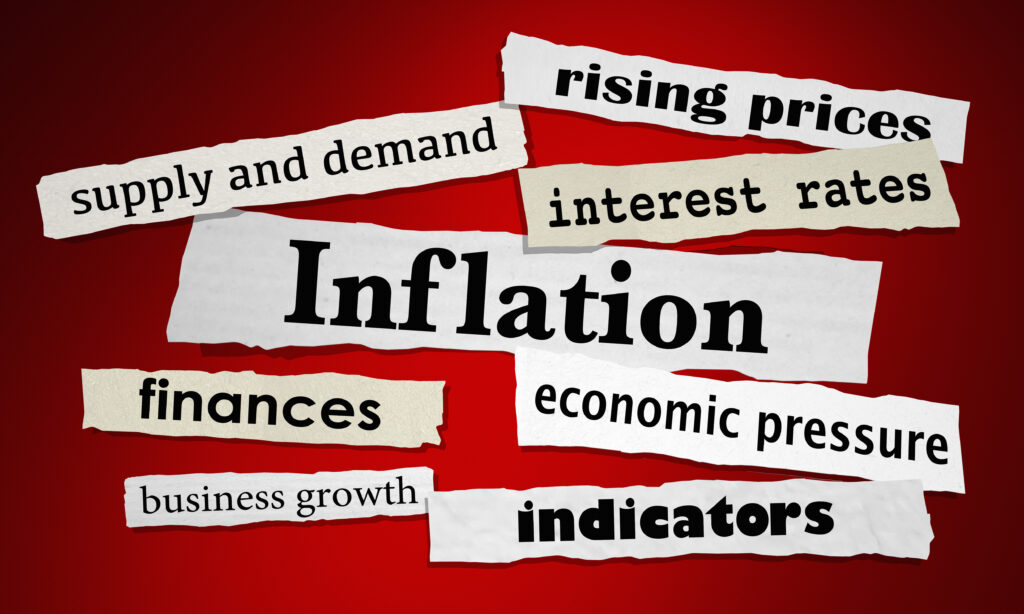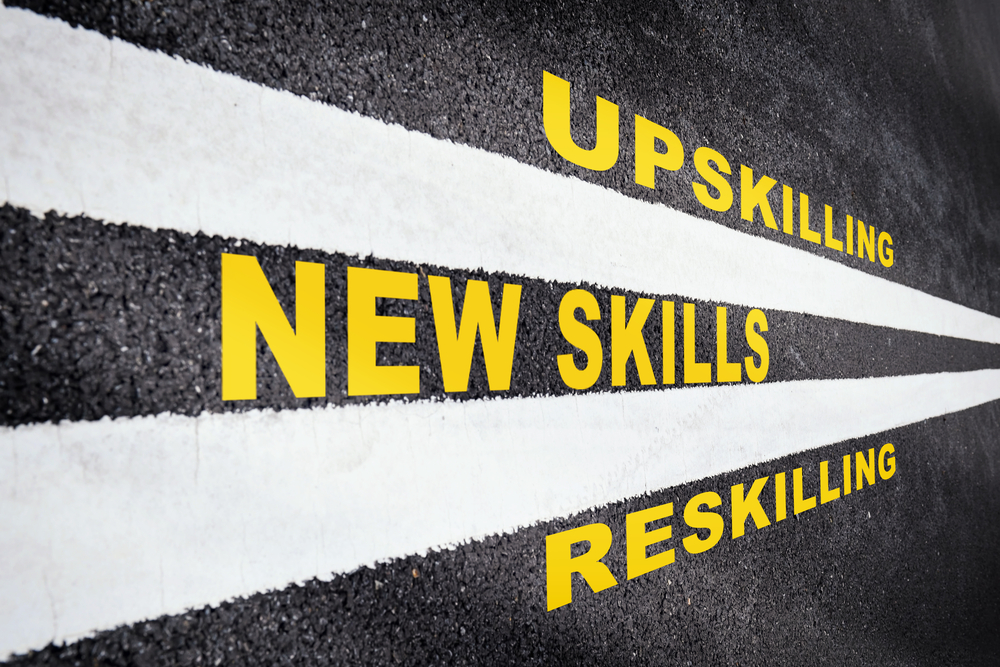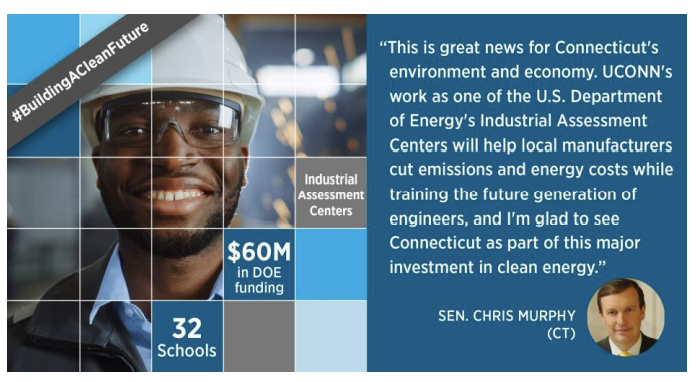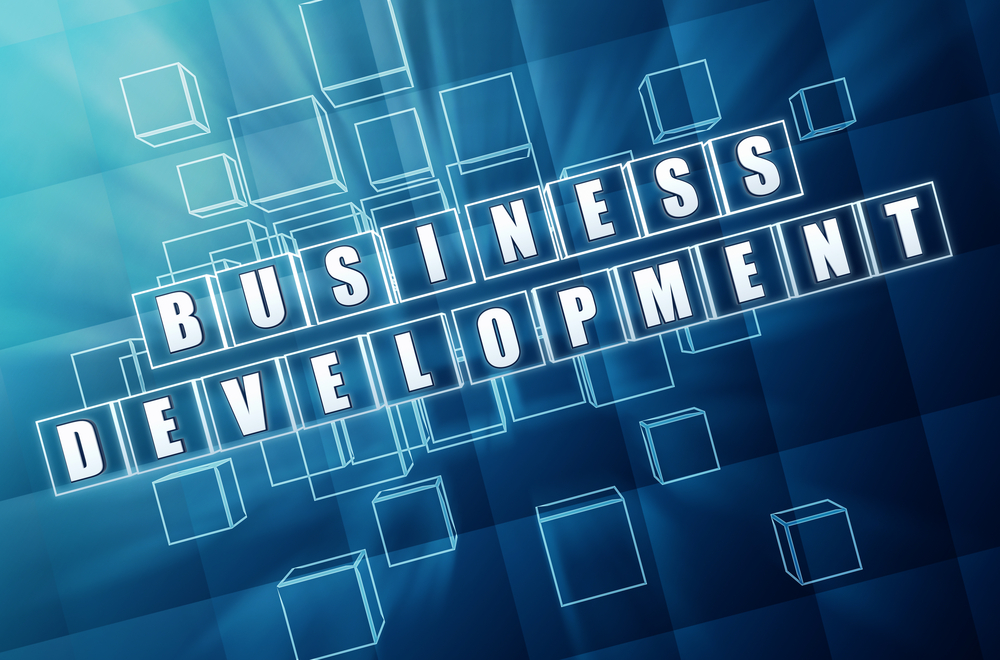
For U.S. manufacturers, September through November is the busiest time of year for trade show participation. The nation’s largest industry show, the International Manufacturing Technology Show (IMTS), is happening this week in Chicago.
Considered by many to be the Superbowl of U.S. manufacturing shows, IMTS runs every two years, but this year’s show will be the first since 2018, due to the COVID-related cancellation of the 2020 show.
The 2018 show featured 2,563 exhibitors and drew a record registration of 129,415 people. The cost to exhibit at this show can easily reach six figures, depending on the size of the booth, with some machine tool companies hitting the seven-figure mark. For many companies, this show alone will consume the majority of their annual marketing budgets.
Measuring the total Return on Investment (ROI) for this and other shows can be tricky. Many booth visitors won’t let you scan their show badges, so you can’t capture their contact information and follow up with them. How would you know if a conversation on your booth in 2018 culminated in a sale in 2020?
While you can’t capture every trade show touch point that leads to a sale, you can take steps to ensure you maximize your ROI. Pre-show planning and post-show follow up are two critical elements of the trade show process that directly impact ROI, and they are often the most overlooked.
Pre-show planning must include a pre-show media blitz. Plan to bring products that will entice booth visitors. Send press releases to all the vertical publications to ensure your booth and its offerings are well publicized prior to the show. Take advantage of every opportunity for free exposure on the trade show’s website. Send “Save the Date” announcements and invitations to your customers and prospects. Include free registration to the show if you can. Schedule meetings at the show with customers and prospects in advance. The morning of the show, drop several copies of your press release at the venue’s media center.
Post-show planning is equally important. Trade shows are exhausting, and by the end of the last day the marketing and sales teams just want to soak their tired feet and catch up on their sleep. This is not the time! Multiple studies have shown a direct correlation between the amount of time it takes to follow up with trade show prospect and the likelihood of that prospect becoming a customer. The longer you wait to follow up, the less likely you are to make a sale.
If you’re following up via email, include a photo of your booth to help your prospects remember who you are. They’ve likely visited countless booths during the show, and a photo will help them remember your booth and what you discussed. Whether you follow up by email or phone, try to secure another meeting on the calendar. It’s important to keep the communication momentum going.
Trade shows are a huge investment, but careful pre-show and post-show planning helps ensure you maximize your company’s ROI.
If you’re not getting an acceptable ROI for trade shows or other areas of your business, it might be time for a Needs Assessment. The Connecticut Manufacturer’s Resource Group (ctmrg.com) has vetted professional resources that can help determine what you need to do to ensure you’re making the most of your company’s investments. Contact Us to learn more.








